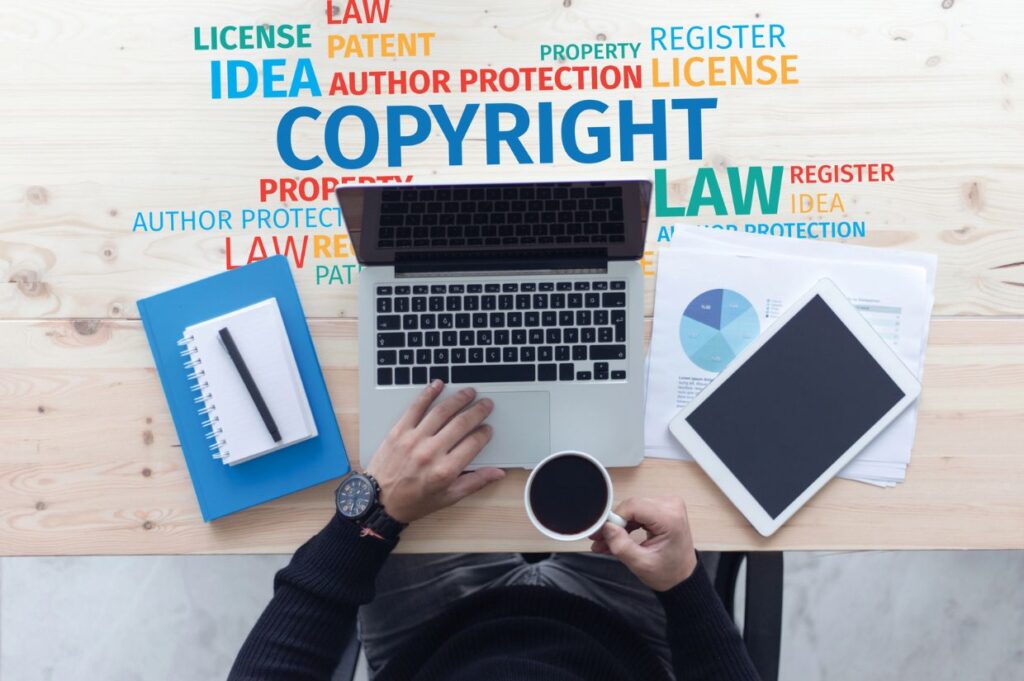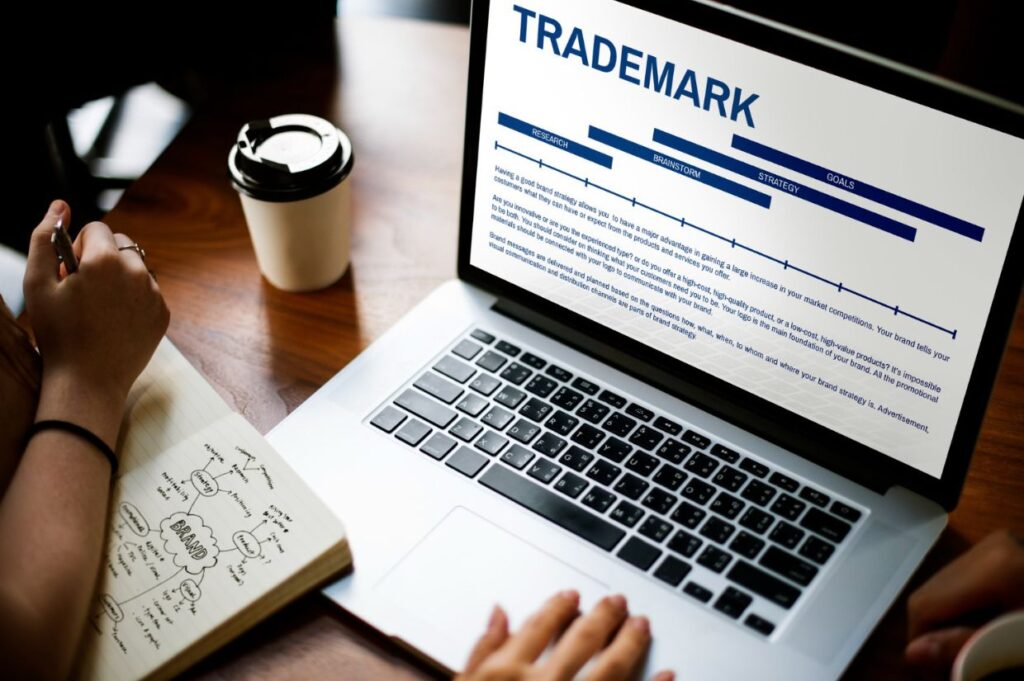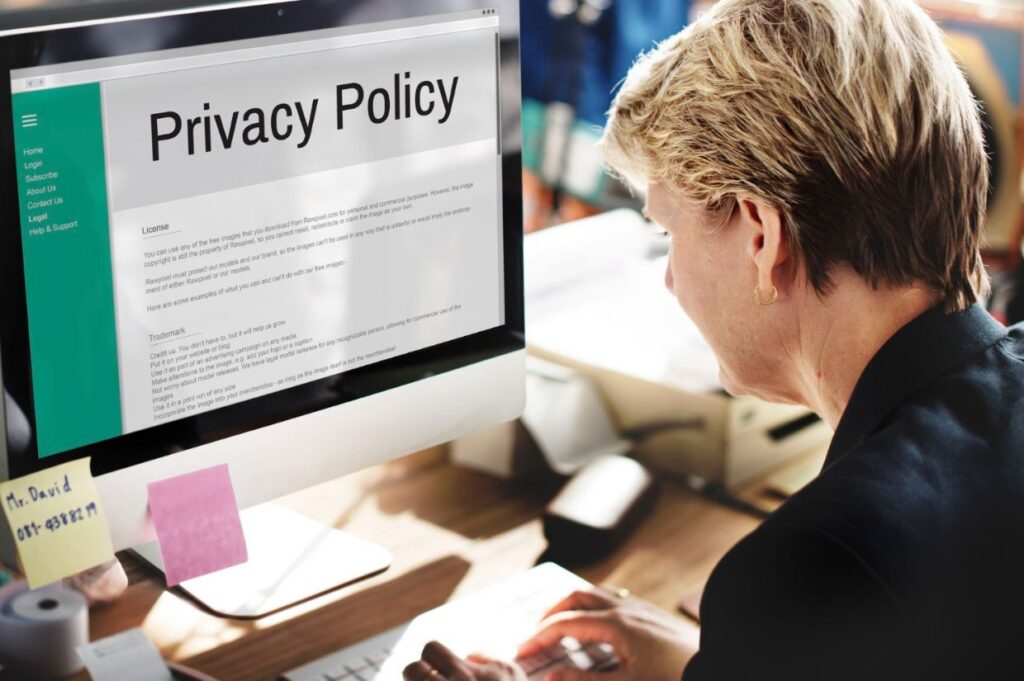Blogging is an exciting and rewarding way to share your thoughts, expertise and creativity with the world. However, as you navigate the digital landscape, it’s crucial to understand the legal aspects that come with it. This guide will walk you through the basics of copyright, trademarks and disclaimers — key areas that will help you protect your content, build your brand and stay compliant with the law.

Copyright 101: Protecting your content
When you publish content online, copyright law automatically protects your original work. This includes everything from blog posts and photographs to videos and graphics. But what exactly does copyright protect, how is it enforced and how can you use others’ work legally?
What is protected?
Copyright covers any original work of authorship fixed in a tangible form. This means if you write a blog post, take a photo or create a graphic and then publish it, your work is automatically protected from unauthorized use. This protection is granted the moment you create your content, without needing to register it. However, registering your copyright with the U.S. Copyright Office can offer additional legal benefits, like the ability to sue for statutory damages and attorney’s fees. Enforcing copyrights is tricky, and even more so if they are unregistered.
Using others’ work
For a variety of reasons, you may want to use content created by others, such as a quote, an image or a video. To do this legally, in most cases, you need permission from the copyright holder. This can often be obtained by contacting the creator directly and requesting permission.
In some cases, you might be able to use others’ work under the concept of fair use. Fair use allows limited use of copyrighted material without permission for purposes like criticism, commentary, news reporting and educational use. However, fair use can be a gray area, so it’s best to consult a legal expert if you’re unsure.
Trademark basics: Building and protecting your brand
Trademarks are essential for establishing and protecting your blog’s brand identity. They help distinguish your blog from others and prevent confusion among readers. Here’s what you need to know about trademarks.

Why trademarks matter
A trademark protects your blog’s name, logo, slogan and any other elements that identify your brand. By registering a trademark, you gain exclusive rights to use these elements and can prevent others from using similar marks that could cause confusion.
How to register a trademark
Securing a trademark for your blog is a crucial step in protecting your brand identity and ensuring that no one else can legally use your distinctive mark. You can work with an attorney who specializes in trademark registration or you can do it yourself.
Search existing trademarks
Before applying, conduct a trademark search to ensure that your desired mark isn’t already in use. The U.S. Patent and Trademark Office (USPTO) has an online database where you can search for existing trademarks.
Prepare your application
Gather information about your mark, including how it will be used, and submit your application to the USPTO. You can do this online through the Trademark Electronic Application System (TEAS).
Wait for approval
Once submitted, your application will be reviewed. If no issues are found, your mark will be published for opposition, allowing others to contest it. If no opposition is filed, your trademark will be registered.
Maintain your trademark
After registration, you’ll need to file maintenance documents to keep your trademark active.
Disclaimers: Ensuring transparency and legal compliance
Disclaimers are vital for keeping your blog compliant with various legal requirements and maintaining transparency with your readers. Here are a few key disclaimers you should consider.
Affiliate disclaimers
If you include affiliate links in your blog posts where you earn a commission from purchases made through those links, you must disclose this relationship to your readers. This not only builds trust but also complies with Federal Trade Commission (FTC) guidelines. A simple statement like, “This post contains affiliate links, which means I may earn a commission if you purchase through these links,” should suffice.
Privacy policies
A privacy policy outlines how you collect, use and protect readers’ personal information. It’s a legal requirement in many jurisdictions, including under the California Consumer Privacy Act (CCPA) and the General Data Protection Regulation (GDPR) in the European Union. Ensure your privacy policy is clear and comprehensive, covering aspects like data collection methods, third-party services and user rights.

Terms and conditions
While not always legally required, having terms and conditions for your blog can help set clear rules for your users. This document can cover acceptable use, user responsibilities and limitations of liability, which can protect you from potential legal disputes.
Avoiding plagiarism and respecting intellectual property
Plagiarism is a serious issue in blogging. It involves copying someone else’s work and presenting it as your own, which is not only unethical but also illegal. Here’s how to avoid it.
Create original content
Always write your own posts and generate your own images and graphics. If you need to use someone else’s work, ensure you have the proper permissions.
Cite your sources
When you use quotes or reference other works, properly credit the original creators by citing, linking or mentioning the source within your content.
Use plagiarism checkers
Tools like Grammarly or Copyscape can help you identify any accidental plagiarism in your content before publishing. If you work with freelance writers or have VAs writing for you, spot checking their work with these tools is a good idea.
Resources for legal assistance and further education
Navigating legal matters can be complex, but several resources are available to help.
- U.S. Copyright Office: For information on copyright registration and protection.
- USPTO: For details on trademark registration and searching existing trademarks.
- FTC website: For guidelines on advertising and affiliate disclosure.
- Online legal services: For various legal services, including trademark registration and creating privacy policies, LegalZoom, RocketLawyer and other similar organizations offer moderately priced solutions.
- Law firms specializing in IP: Many law firms offer free resources and consultations for bloggers. You’ll get more individualized service by hiring a law firm than with the above-mentioned services. For complex situations, this might be your best bet.
Understanding and adhering to these legal essentials will help protect your content, build a strong brand and ensure your blog operates smoothly and transparently. If you have any doubts or need further assistance, consulting with a legal expert can provide clarity and peace of mind.
By staying informed and proactive, you can focus on what you do best — creating great content and engaging with your audience.
